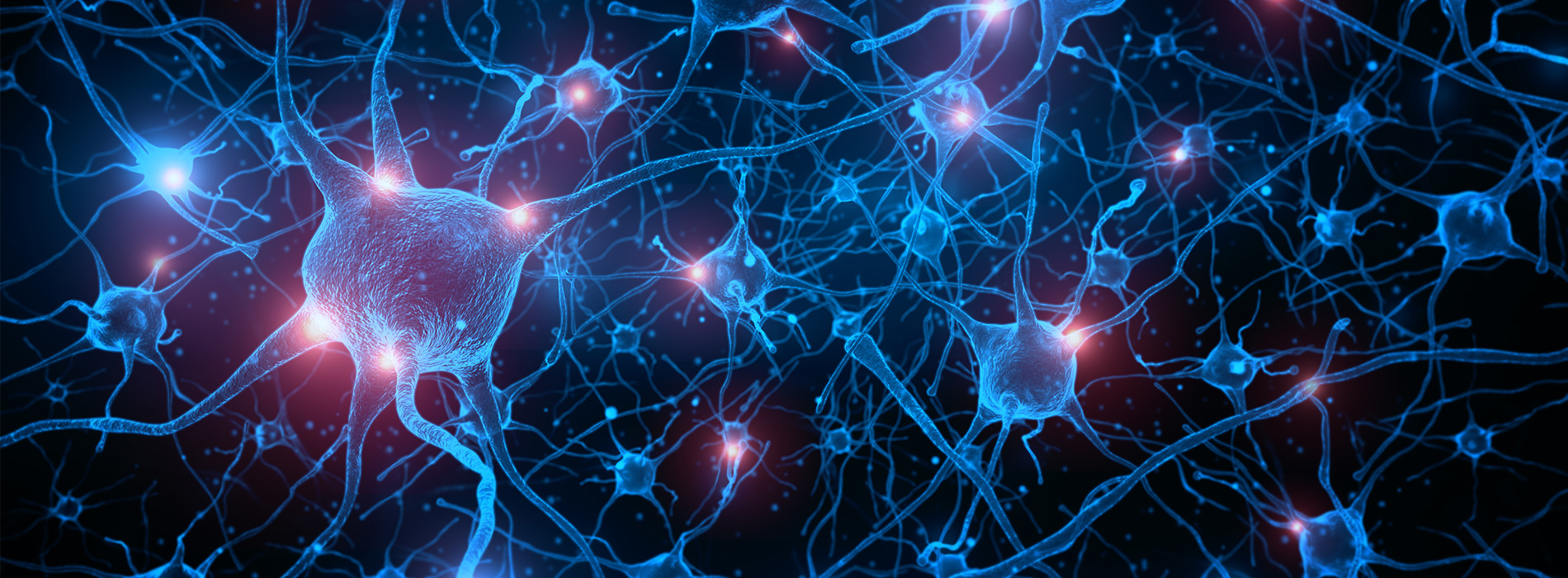
Transcranial Magnetic Stimulation (TMS) is an evidence-based, FDA-cleared treatment for depression and other diagnoses. This is available across Minnesota and accessible for rural communities at both our Duluth TMS and St. Cloud TMS locations. Individuals travel from Grand Rapids, Hinkley, Grand Marais, Little Falls, Princton and further come to us for lasting reprieve from their mental health conditions.
Click below to explore the FDA-cleared TMS systems we use at our Duluth and St. Cloud clinics and how they support effective depression treatment.
TMS gently “wakes up” the parts of your brain that is quiet or slowed down during depression. It sends tiny magnetic pulses to the mood-control centers, helping those areas become more active and communicate better. Over time, your brain builds stronger, healthier patterns that make it easier to think, feel, and function the way you’re supposed to.
No! TMS and ECT are completely different treatments. ECT uses controlled electrical currents while you’re asleep under anesthesia, and it can cause short-term memory side effects. TMS uses gentle magnetic pulses while you’re awake, requires no anesthesia, and does not cause memory loss (TMS can even improve memory). Most people read, talk, or relax during their TMS sessions and drive themselves home afterward.
A full TMS series is 36 sessions. Most people come once a day, Monday through Friday, and each visit takes about 15 minutes from start to finish. Some insurance plans allow 2 sessions in the same day, which shortens the overall timeline. Because the appointments are so quick, many people stop in between errands, before work, or after work, and find it easy to fit into their routine. There are also accelerated options that allow multiple sessions per day for people who travel from farther away, but these are cash-pay programs and may not be covered by insurance.
TMS doesn’t hurt, but you will feel light tapping on your scalp during the treatment. Most people describe it as a quick, rhythmic sensation that feels strange at first but becomes easy to tolerate after a few sessions. There are no shocks, no needles, and no anesthesia, and you can go right back to your day when it’s done.
Even though we are in-network with a wide range of insurance plans (see here), Duluth and St Cloud TMS has constructed private-pay options for people who want more flexibility. Our team can provide a sliding-fee scale and, if appropriate, accelerated TMS protocols that allow you to complete your full series in a much shorter timeframe, sometimes within about a week.

Refer a patient, friend, or make the decision for yourself to feel better. Contact us today to set up an initial free consultation with an Intake Coordinator.
Duluth
St. Cloud